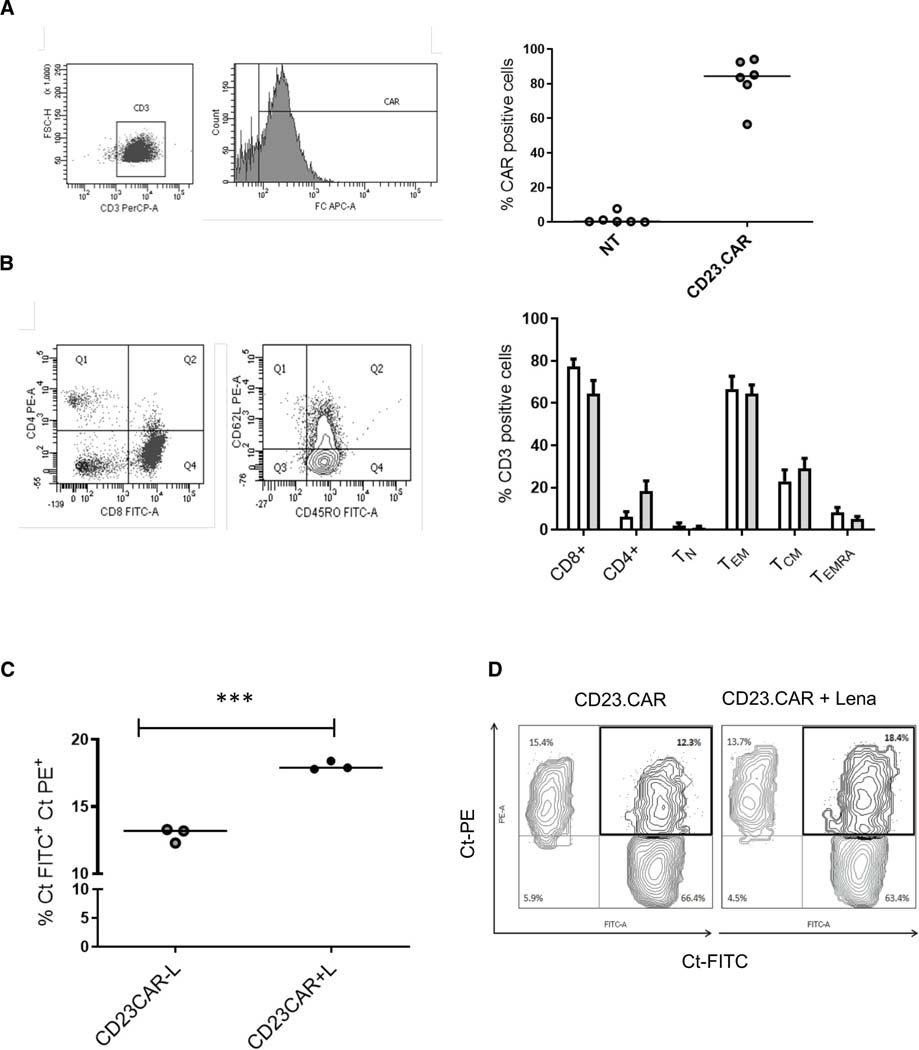Figure 1. Lenalidomide preserves IS formation on CD23.CAR+ T cells generated from CLL patient samples.
(A) Expression of CD23.CAR on the surface of T lymphocytes derived from a representative CLL patient evaluated by flow cytometry with APC-conjugated anti-human-Fc antibody (CAR) (left); CD23.CAR expression in CLL-derived T cells (gray) and control not-transduced (NT) T cells from 6 patients with CLL (white) (right). (B) Phenotype of NT (white bars), and CD23.CAR+ (gray bars) T lymphocytes generated from CLL samples. T cells have been identified as described in the Methods (left). The histogram data represents means (± SD) from six different differentiations (right). (C) For FACS-based synapse analysis, CD23.CAR+ T cells were treated with lenalidomide for 48h or left untreated. CellTracker (Ct) PE-labeled MEC1 cells were cocultured with CellTracker (Ct) FITC-labeled CD23.CAR+ T cells (E:T ratio, 1:2) for 4h hours, then PE and FITC double-positive cells were quantified by flow cytometry (n=3, ***, p<0.001). (D) Gating strategy of CellTracker (Ct) PE/ CellTracker (Ct) FITC double-positive cells in one representative experiment.

